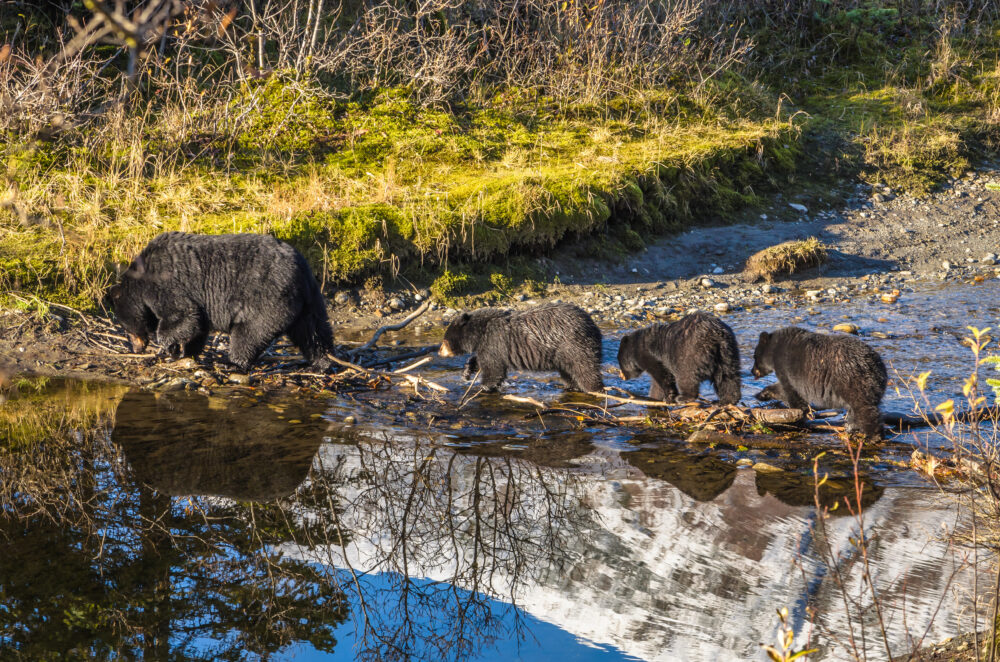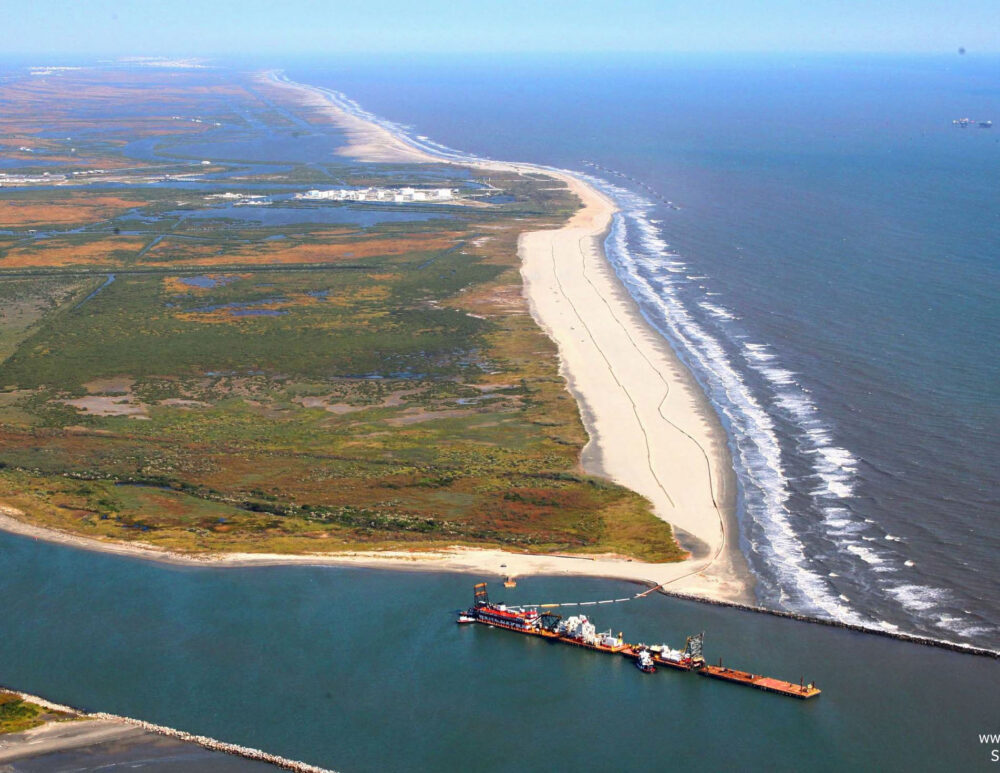We have much more to do and your continued support is needed now more than ever.
No Ice in the Arctic
Look forward with me to the summer of 2040 when the Arctic Ocean could be completely ice-free according to a recent study published by a team of scientists from the National Center for Atmospheric Research (NCAR), the University of Washington, and McGill University.
Because the Arctic is floating sea-ice riding on a warming ocean and blanketing millions of square miles of ocean, it is one of the most sensitive ecological regions on the planet to global warming pollution. The NCAR scientists analyzed the growing impact of greenhouse gas pollution on the Arctic by running various scenarios on supercomputers designed to model the earth’s climate at various pollution levels.
Their study reveals that “the extent of sea ice each September could be reduced so abruptly that, within about 20 years, it may begin retreating four times faster than at any time in the observed record.” The scientists warn that “sea ice is likely to accelerate so rapidly that the Arctic Ocean could become nearly devoid of ice during summertime as early as 2040.”
Profound changes in the Arctic ice in addition to dooming the polar bears will also surely play a more crucial role in de-regulating planetary climate as its energy-reflecting surface rapidly decreases and is replaced by a vast expanse of energy-absorbing open Arctic sea. In addition to its reflective properties, the expanse of sea ice insulates the relatively warm Arctic Ocean from the cold air and alters the exchange of heat, moisture and salinity.
Damage to vast ecosystems on a global scale is far outpacing our reparations. As the Arctic melts, frozen organic matter in the tundra throughout the circumpolar region thaws more deeply with each passing year. A study entitled: “Methane Emissions and Biogeochemistry of North Siberian Thermokarst Lakes” by Katey Walter University of Alaska Fairbanks Institute of Arctic Biology, University of Alaska Fairbanks warns that the tundra is now giving off its own carbon dioxide and methane at rates five times what scientists had earlier predicted.
It is hard to exaggerate the importance of this finding as nature has the capacity to emit enough methane and carbon dioxide to dwarf annual human emissions and actually double the heat-trapping capacity of the atmosphere. For more than a decade, the world’s leading scientists have issued an urgent warning that as many as 1/3 of the living organisms on the planet may become extinct if current destructive trends continue.
Obviously, we can not let this dangerous trend continue. With your help NWF can continue to be a leader in changing the forecast for the future of wildlife.




















